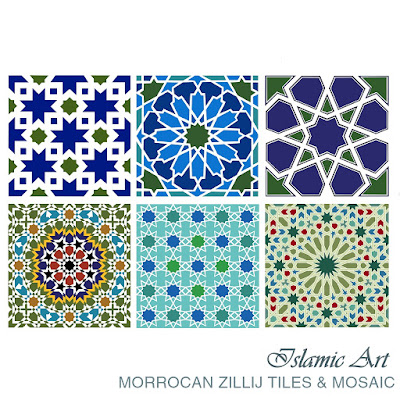Pebble Mosaics: An Art from the Ancient Ages
 |
| Photo Credit: geograph.org.uk |
Ever been to a beach and found yourself immersed in the
enchanting beauty of those round little pebbles on the shore? You might’ve even
pocketed some to bring back home for as natural souvenirs. There’s something
quite extraordinary about pebbles, isn’t that so? That smooth & round shape
along with an exceptional strength of rocks, a combination which is rarely
found anywhere else in nature. Did you know that the pebbles you see today are
actually pieces of much larger and different rocks & stones from millions
of years ago! They became smaller and smaller due to natural erosion courses
like those of wind and water. Pebbles owe their smooth and polished texture to
this erosion and tumbling as well, with more exposed and rough surfaces getting
the most abrasions.
Combine these remarkable stones with the mosaic (a pattern
or design fashioned by arranging small pieces of hard material, like stones,
glass or tiles, together) technique and you’ve got yourselves one of the best
pavement and decoration methods. The process isn’t recent, pebble mosaics
dating back to as far as the fifth century B.C. have been uncovered. Greeks
arranged pebbles in geometrical patterns to make fortified pavements. An
example of the most well-preserved ancient pebble mosaic depicts Dionysus’s
lion hunt dates back to the fourth century B.C., colored pebbles had been used
in this Macedonian artifact. Over years, pebble mosaic evolved to take a
variety of forms and colors, particularly from the 18th century when
geometric and floral designs became prevalent. Today, the pebble mosaic art
knows no bounds. The pebble mosaic craft has survived the tests of time and
after all these centuries is still relevant and pursued in the contemporary
architecture.
 |
| Pebble Mosaic in Pella. Photo Credit: miriam.mollerus (Flickr) |
‘What makes pebble mosaics so evergreen?’ you might be
wondering. Why would anyone still resort to pebbles when we have modern tiles
and other man-made marvels? The answer is simple, no matter how developed we
get we will never be able to compete with the nature’s bounties and gifts, or
totally replace them. Moreover, this also owes to the durable,
low-deterioration nature of pebbles. Last but not least, they seem gorgeous; I
mean just have a look at these pebble mosaic pathways and articles.
 |
| Photo Credit: brewbooks (Flickr) |
If you are an appreciator of the hand crafted interior and
exterior arts, pebble mosaic is definite to catch your fancy. The pebbles for
mosaics are usually handpicked and arranged one-by-one to make a design. There
are plenty of ways you can incorporate pebble mosaic into your home or
office. The most popular recipients
being gardens, patios and yards, you can choose from an endless assortment of
designs and pebble mosaic forms for step-stones, pathways, accents and edging.
You can use pebble mosaics in your kitchen, washrooms, fancy waterfalls,
artificial ponds and interiors as well .When I said that the modern pebble
mosaic has no limits, I meant it, aside from having a choice of mortar, pebble
refinement level and colors you can also throw in a few glass marbles in the
mosaic for some extra glam. Still have those souvenirs from that beach trip?
Asks your mosaic contractor to make a special place for your beloved ocean
trinkets in the pebble pavement you’re getting done and preserve those memories
in time, forever.


